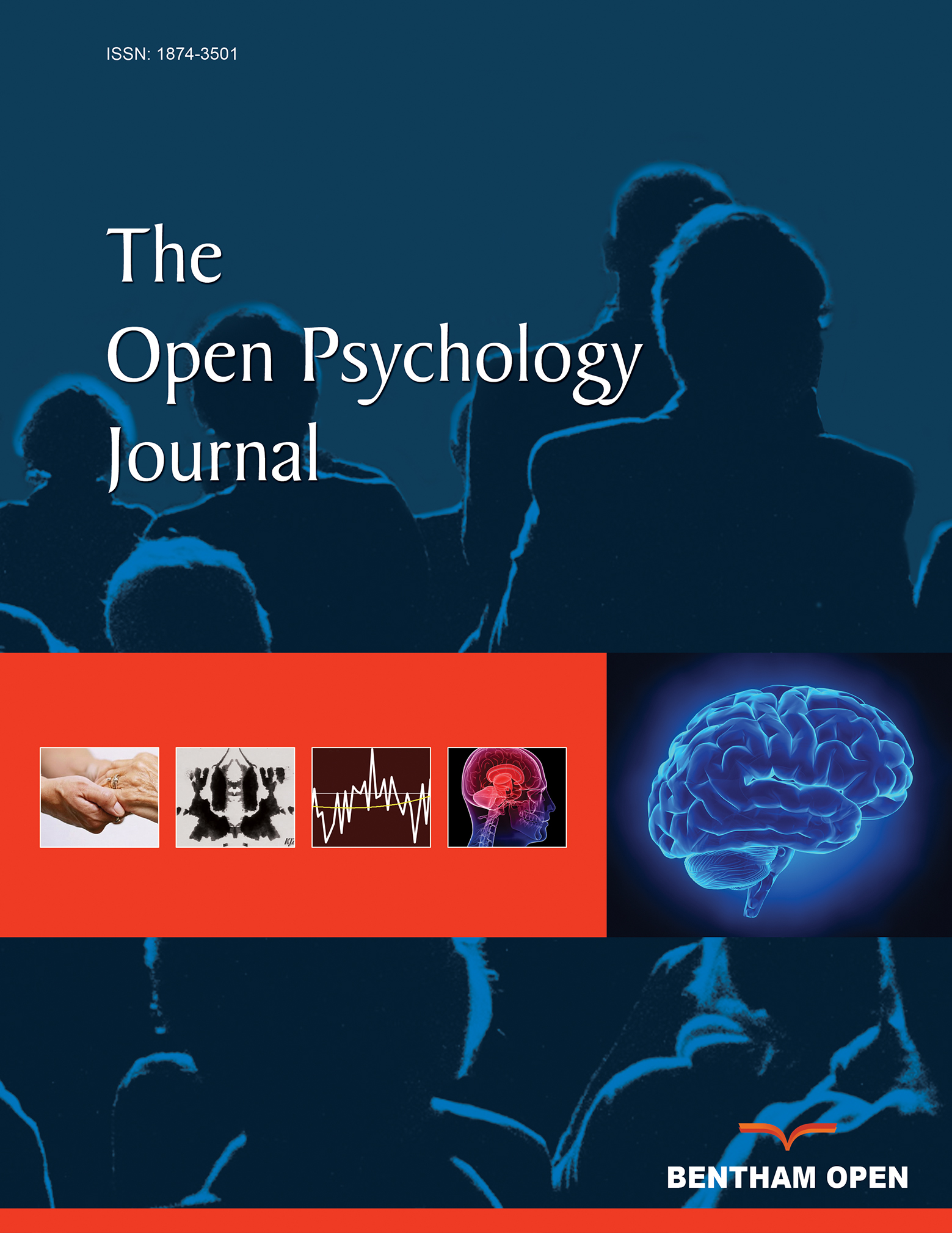All published articles of this journal are available on ScienceDirect.
Psychopathological Organizations and Attachment Styles in Patients with Fear of Flying: A Case Study
Abstract
Objectives:
The scope of the study is to identify the leading “organization of meaning” in patients affected by aviophobia and the related attachment style. Specifically we hypothesized that participants with fear of flying would predominantly display a phobic organization of meaning, associated with an anxious-ambivalent attachment style.
Methods:
150 adults, divided between an experimental group (FOF) and a control group (CON), completed three research instruments: two self-report questionnaires assessing attachment style (AAQ and ASQ) and the self-characterization, a qualitative constructivist tool.
Results:
The insecure attachment style prevailed in aviophobics rather than control group. Socio-economic and gender differences were found. The vocabulary used by the group with flying phobia featured a system of meaning referring to “freedom” family semantics.
Conclusions:
Attachment style appears to be a necessary but insufficient condition for predicting fear of flying. A greater role in the disorder is played by the organization of patients' personality, as argued by socio-constructionist and constructivist authors. Implication for clinical work and psychotherapy are discussed.


